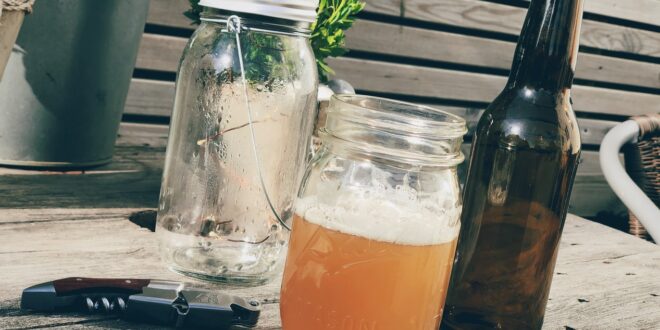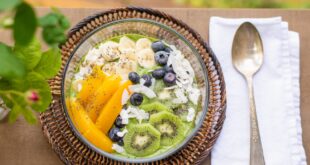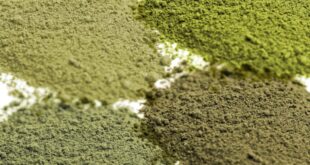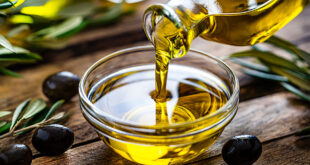Pasteurization might sound like a complex, scientific term, but it’s a simple and essential process, especially when it comes to homemade beverage making. At its core, pasteurization involves treating liquids to destroy harmful pathogens, ensuring the drink is safe for consumption.
While the art of creating homemade beverages allows for creativity and a personal touch, neglecting the pasteurization process can lead to severe health risks, including foodborne illnesses. This blog aims to navigate you through the essentials of pasteurization, offering tips and insights to perfect your homemade beverage while ensuring safety and quality.
The Science Behind Pasteurization
The magic of pasteurization lies in its simplicity and effectiveness. In layman’s terms, pasteurization involves heating your beverage to a specific temperature for a set period. This heat treatment is sufficient to incapacitate most bacteria, yeasts, and molds, which can spoil the drink or, worse, be harmful to health.
Beyond just heating, pasteurization can also be achieved through various methods, some even bypassing heat altogether, like irradiation or high-pressure processing. Understanding these methods allows you to choose the best process for your beverage, ensuring safety without compromising on taste or nutritional value.
Choose Your Beverage Wisely
The journey to a perfect pasteurized beverage starts with selecting the right ingredients. Quality is paramount – fresh, ripe fruits and crisp, clean vegetables lay the foundation for a delicious drink. It’s essential to source these ingredients carefully, prioritizing organic and locally sourced produce when possible.
The quality of these base components not only influences the taste and nutritional content of your beverage but also its safety post-pasteurization.
Proper Equipment and Tools
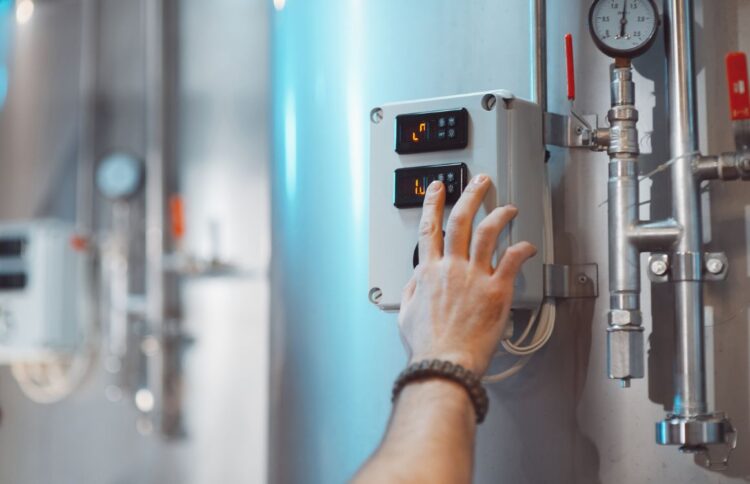
Equipping yourself with the right tools is just as crucial as selecting the best ingredients. From large pots for heating to precise thermometers for temperature control, each tool plays a pivotal role when you want to pasteurize drinks.
Understanding the function of each piece of equipment and using them effectively can make the difference between a successful pasteurization and a failed one. While some of these items might already be in your kitchen, specialized tools can often be purchased or even rented from local suppliers.
Preparing Your Workspace
The sanctity of your workspace is non-negotiable when it comes to pasteurization. A clean and organized area ensures that your beverage is not only delicious but also free from unwanted microorganisms.
Emphasizing cleanliness involves sterilizing utensils and containers before use. This step is not just a suggestion but a fundamental part of the process, ensuring that your efforts in selecting the best ingredients and precise pasteurization do not go to waste.
Pasteurization Methods
With the ingredients ready and the workspace set, it’s time to delve into the heart of the matter – the pasteurization methods. Batch and continuous are the two primary methods, each with its own set of advantages and challenges. The batch method, involving treating the product in small batches, offers simplicity and is more manageable for home beverage makers.
In contrast, the continuous method is more suited for large-scale operations, requiring sophisticated equipment. Understanding these methods, their requirements and their impact on your beverage will guide you in choosing the most suitable approach.
Temperature and Time ─ The Essence of Pasteurization
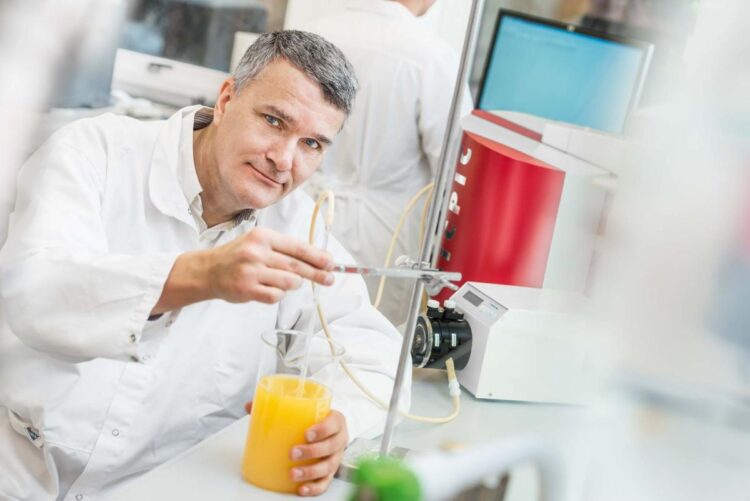
Understanding the delicate balance between temperature and time is pivotal in the process of pasteurization. This technique, crucial for killing harmful microbes in beverages, hinges on maintaining specific temperature ranges for set periods. For instance, pasteurizing milk typically involves heating it to 161°F for 15 seconds, while fruit juices might require different conditions due to their varied acidity and composition.
Straying from these precise parameters can result in either under-pasteurization, risking microbial survival, or over-pasteurization, leading to flavor and nutrient degradation. Thus, adhering to recommended temperatures and times is not just a recommendation—it’s a necessity for quality and safety.
Cooling and Packaging ─ Securing the Freshness
Once your beverages have been pasteurized, immediate and proper cooling followed by meticulous packaging is paramount. Cooling swiftly halts the pasteurization process, preserving the taste and preventing any potential spoilage. Techniques like ice water baths or specialized cooling equipment can be employed for this purpose.
Following this, choosing the right containers—such as glass bottles or aseptic cartons—and ensuring they are hermetically sealed, safeguards your drinks against contaminants and extends their shelf life. Remember, the container you choose doesn’t just store your drink; it preserves the craft and care that went into creating it.
Storage and Shelf Life ─ Maximizing Freshness
The role of pasteurization in extending the shelf life of homemade beverages cannot be overstated. Properly pasteurized drinks can be stored for an extended period, but how you store them post-pasteurization is equally crucial.
Keeping your beverages in a cool, dark place can help maintain their freshness and flavor. Being vigilant about the storage conditions and routinely checking your drinks for signs of spoilage, such as off-odors, discoloration, or gas formation, ensures that you enjoy your homemade creations at their best. It’s not just about making a drink; it’s about crafting an experience that lasts.
Flavor Enhancements ─ Elevating the Experience
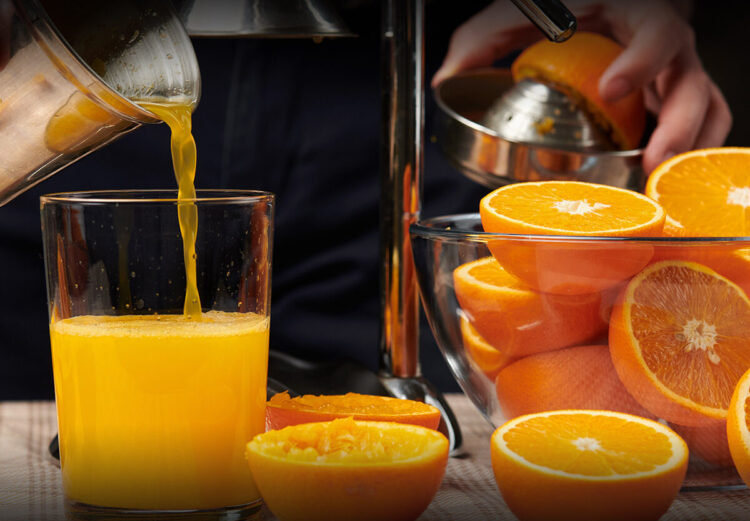
Pasteurization doesn’t mean compromising on taste. In fact, it offers a canvas to enhance and experiment with flavors. Infusing pasteurized beverages with herbs, spices, or natural sweeteners can elevate the drinking experience.
Whether it’s adding a hint of mint to your lemonade or a dash of cinnamon to your apple cider, these additions can transform your drink from ordinary to extraordinary. Sharing recipes and suggestions for flavored beverages not only fosters creativity but also encourages a personal connection with what you drink.
Troubleshooting Common Issues ─ Ensuring Success
While pasteurization is a straightforward process, it’s not immune to occasional mishaps. Recognizing and addressing common issues like over-pasteurization, which can lead to caramelized flavors, or under-pasteurization, which can pose health risks, is essential.
Providing solutions and preventive measures, such as using a reliable thermometer and understanding your heat source, can mitigate these issues. And when things don’t go as planned, knowing how to salvage your drinks can turn a potential failure into a learning experience.
Safety Precautions and Final Thoughts: Prioritizing Well-being
Wrapping up, it’s crucial to recap the key safety precautions integral to pasteurizing drinks at home. Cleanliness, precise temperature control, and proper storage are the pillars of safe pasteurization practices. Encouraging readers to embrace the art of making homemade beverages, while emphasizing the importance of safety, ensures a rewarding experience.
As they embark on this journey, they’re not just following steps; they’re weaving in their care, creativity, and caution into every sip. This journey of pasteurization, flavored with personal touches and safeguarded by diligence, promises not just a drink, but a drop of life’s simple pleasures, crafted right at home.
 Hi Boox Popular Magazine 2024
Hi Boox Popular Magazine 2024
